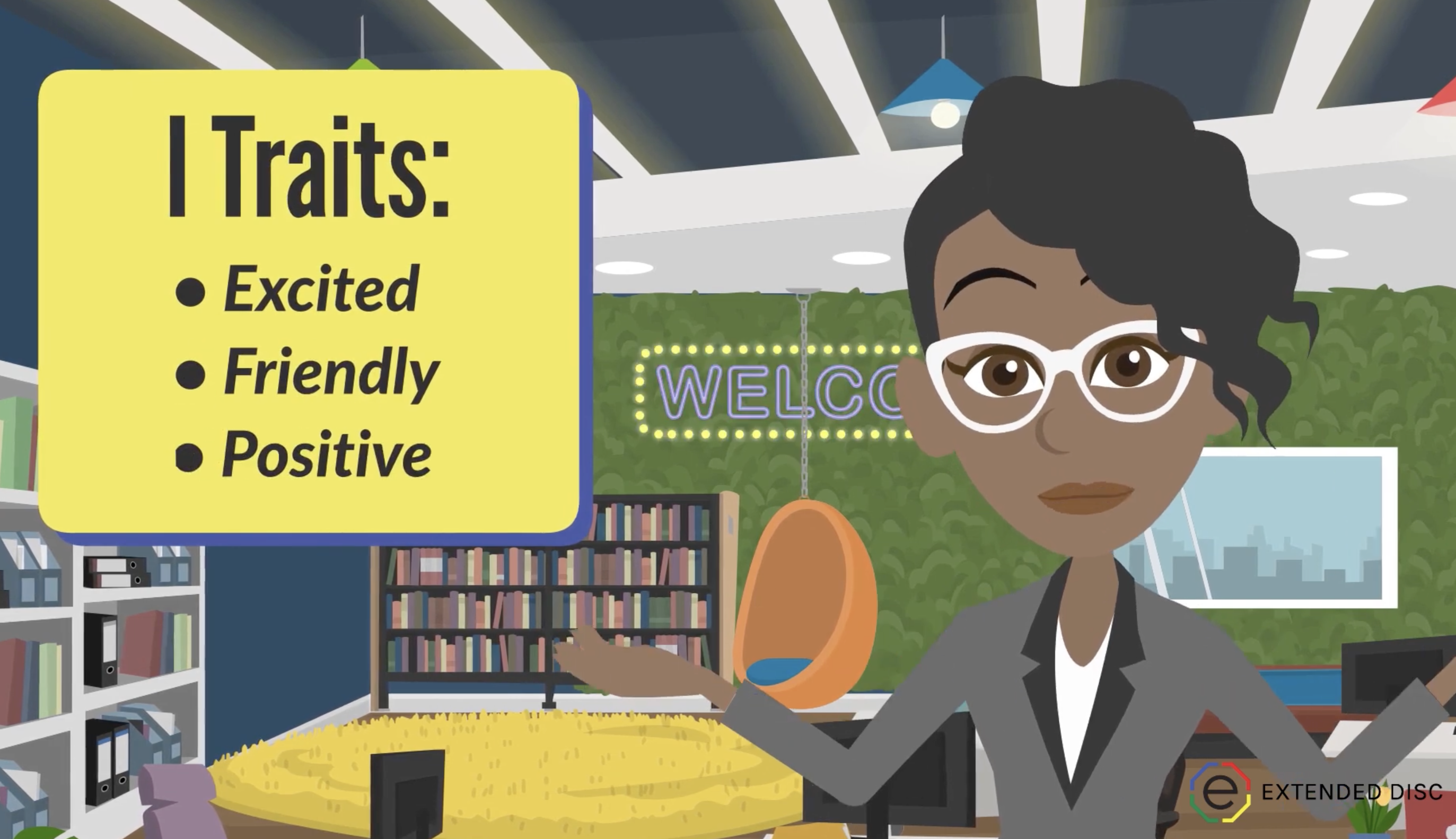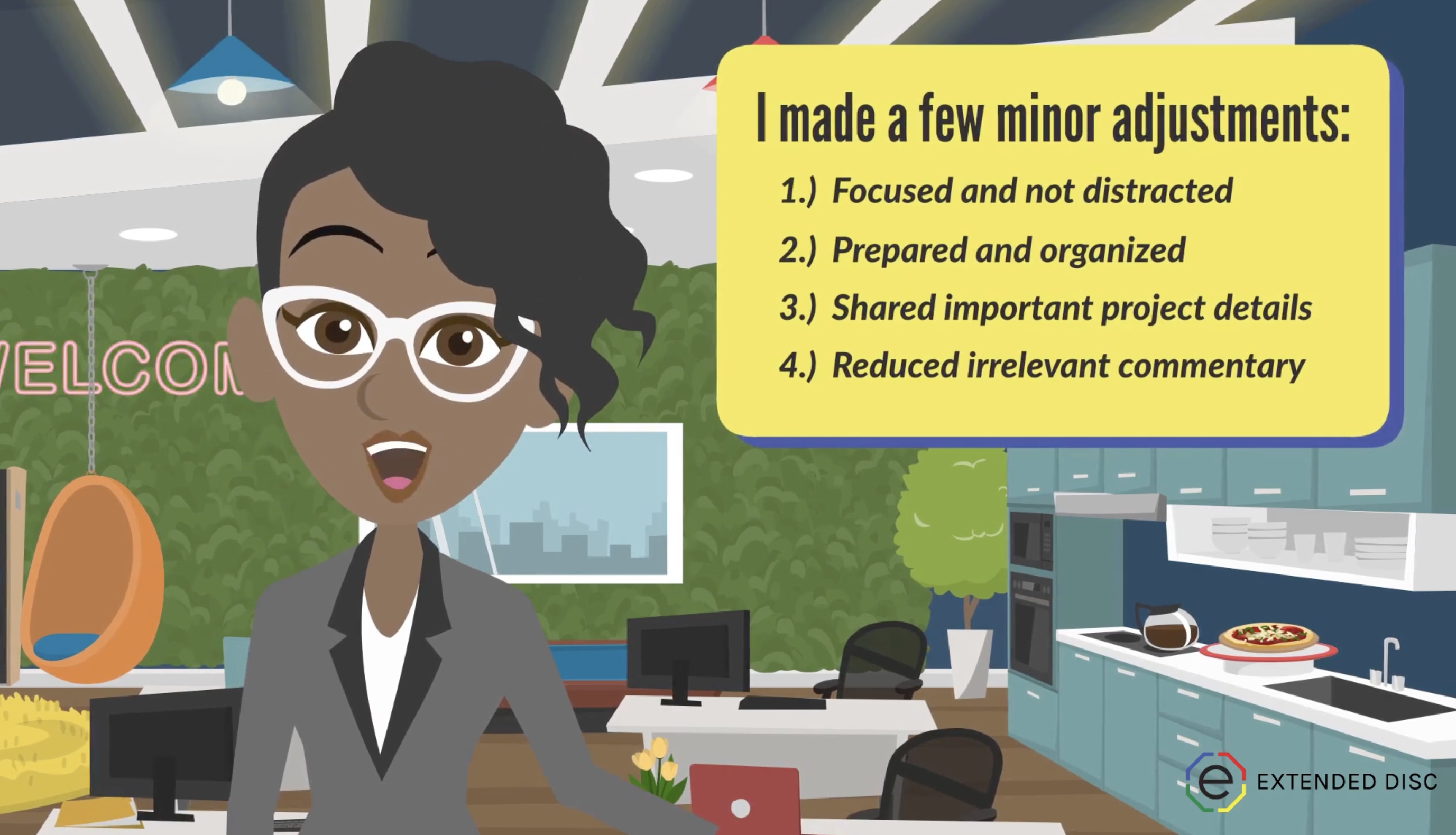How can small modifications help the I-style be more effective and successful in their interactions?
Different DISC styles working together can cause tension and conflict. Understanding your DISC style and the styles of your team members build stronger working relationships.
As an I-style, you are known to be talkative, friendly, and positive, but you can also be seen as disorganized, easily distracted, and overly chatty.
The key is to know when to rely on the strengths of your style and when to adjust to better the interaction. DISC operates as your behavioral roadmap: it helps in recognizing both the strengths and challenges of your style. Your natural behavioral style is your starting point, guiding you in the direction for necessary adjustments. Understanding your team members' styles provides insights for making the most effective adjustments. Let's start with the I-style.
What Works for the I-Style

Leveraging your social strengths:
- Insure you use your natural communication skills to connect and network effectively.
- Foster collaboration to bring out the best in your team.
Facing change:
- Embrace new situations positively and remain flexible enabling you to thrive in different environments.
Establishing the team's atmosphere:
- Use your positive energy and interactions create a positive and fun team setting.
What Challenges the I-Style
- Active listening
- Easily distracted
- Disorganization
- Overlooking details
- Talking too much and too abstractly
How to Modify

Enhance your focus:
- Try setting clear objectives, prioritizing tasks, and working towards completing them. This helps turn your ideas into tangible results and appreciation from your team members.
- Don't overlook details or spend too much time on abstract commentary.
Actively listening:
- Balance your enthusiasm by actively listening to others.
- Acknowledge other's perspective and show genuine interest in what they have to say. This builds trust and strengthens relationships.
Disorganization and time management:
- Manage your time effectively by creating schedules and prioritizing tasks
- Maintain a balance between social interactions and personal responsibilities for optimal productivity.
Adapt your communication:
- Recognize diverse communication styles.
- Tailor your approach to suit different preferences.
- Consider blending your natural verbal communication skills with written communication for clarity when needed.
Don't change the charms of your I-style and who you are. You are great who you are. Rather, focus on brief and temporary modifications. By modifying and refining your DISC I-Style, your team members will respond more positively.
